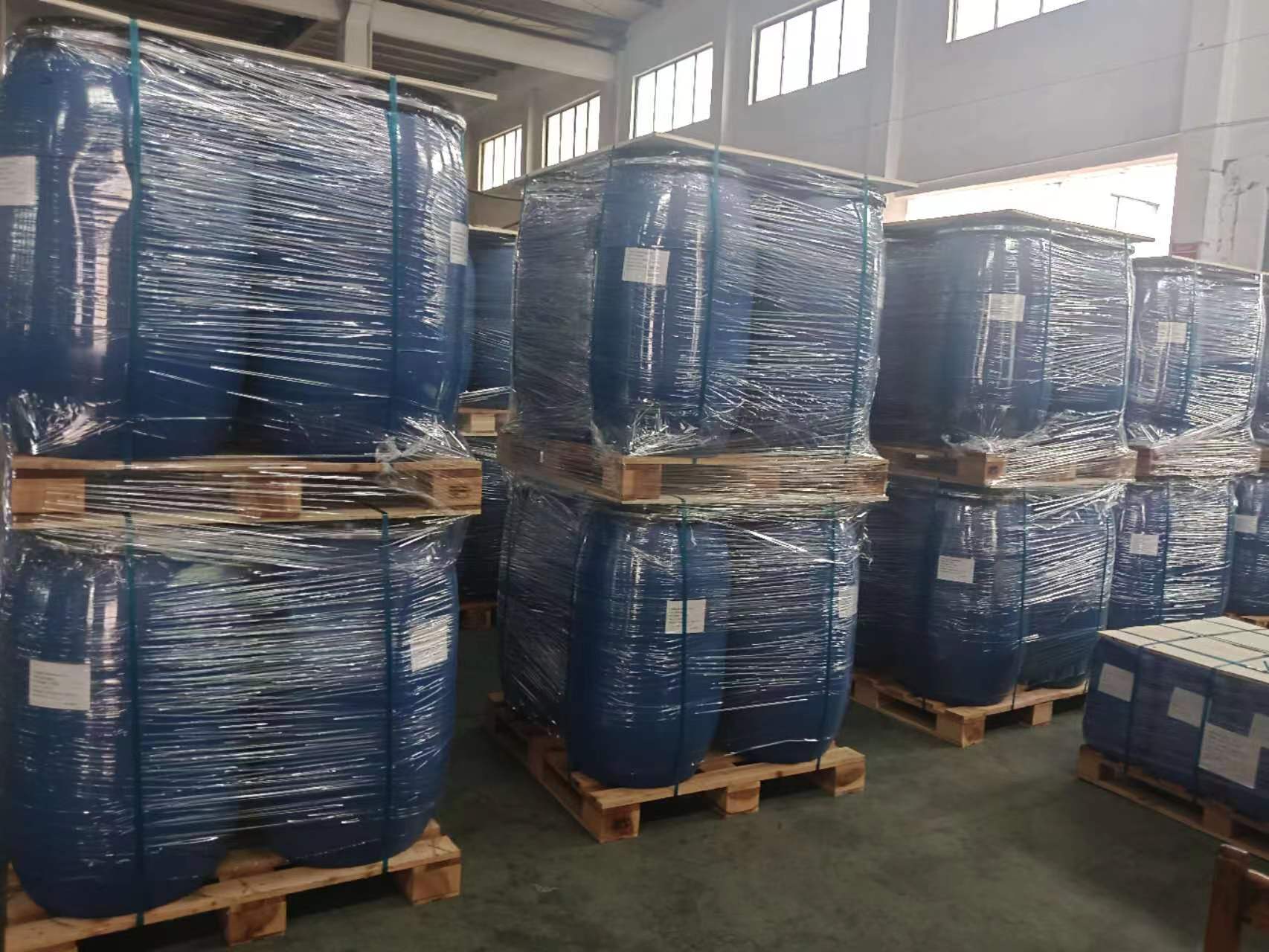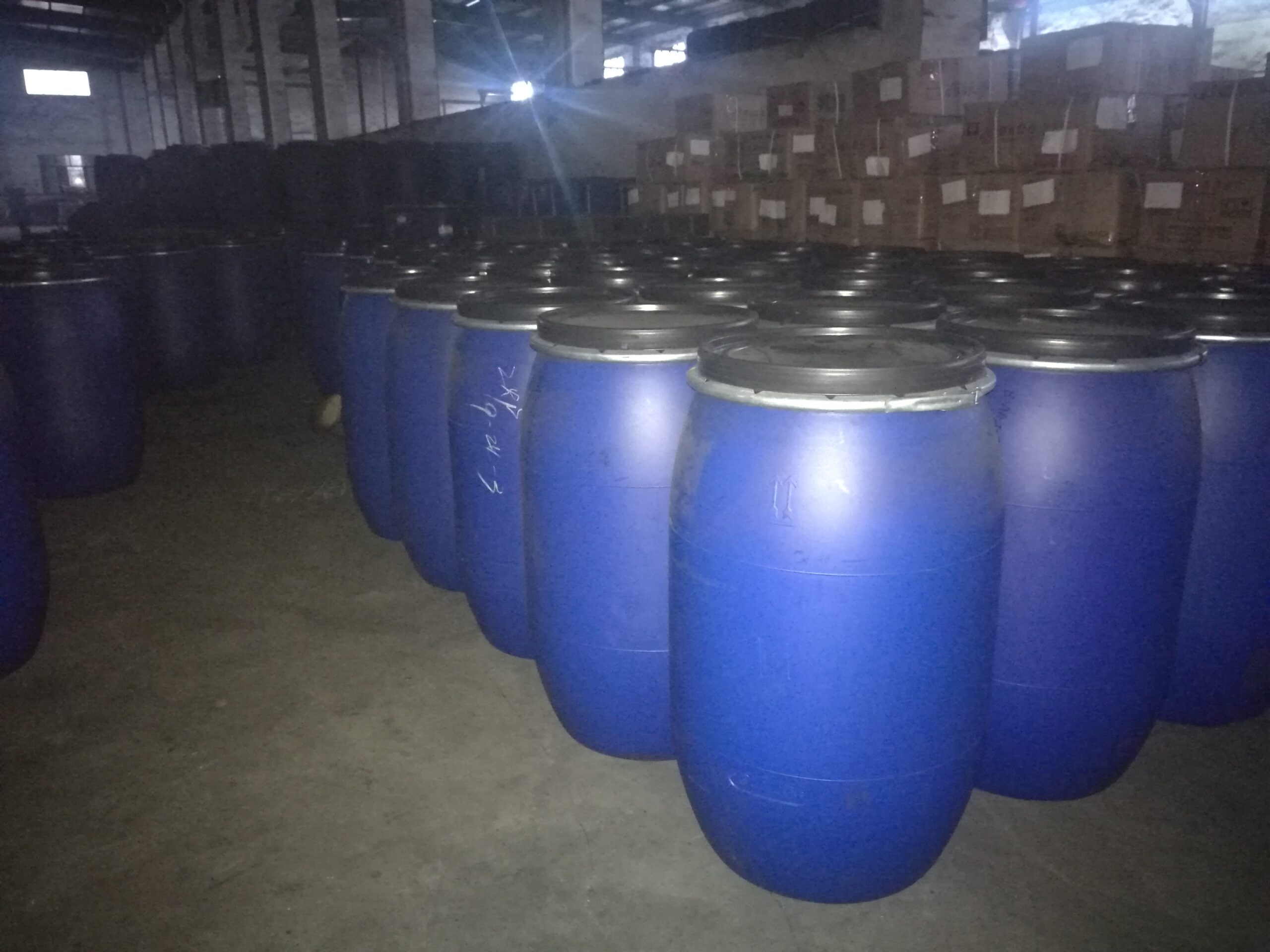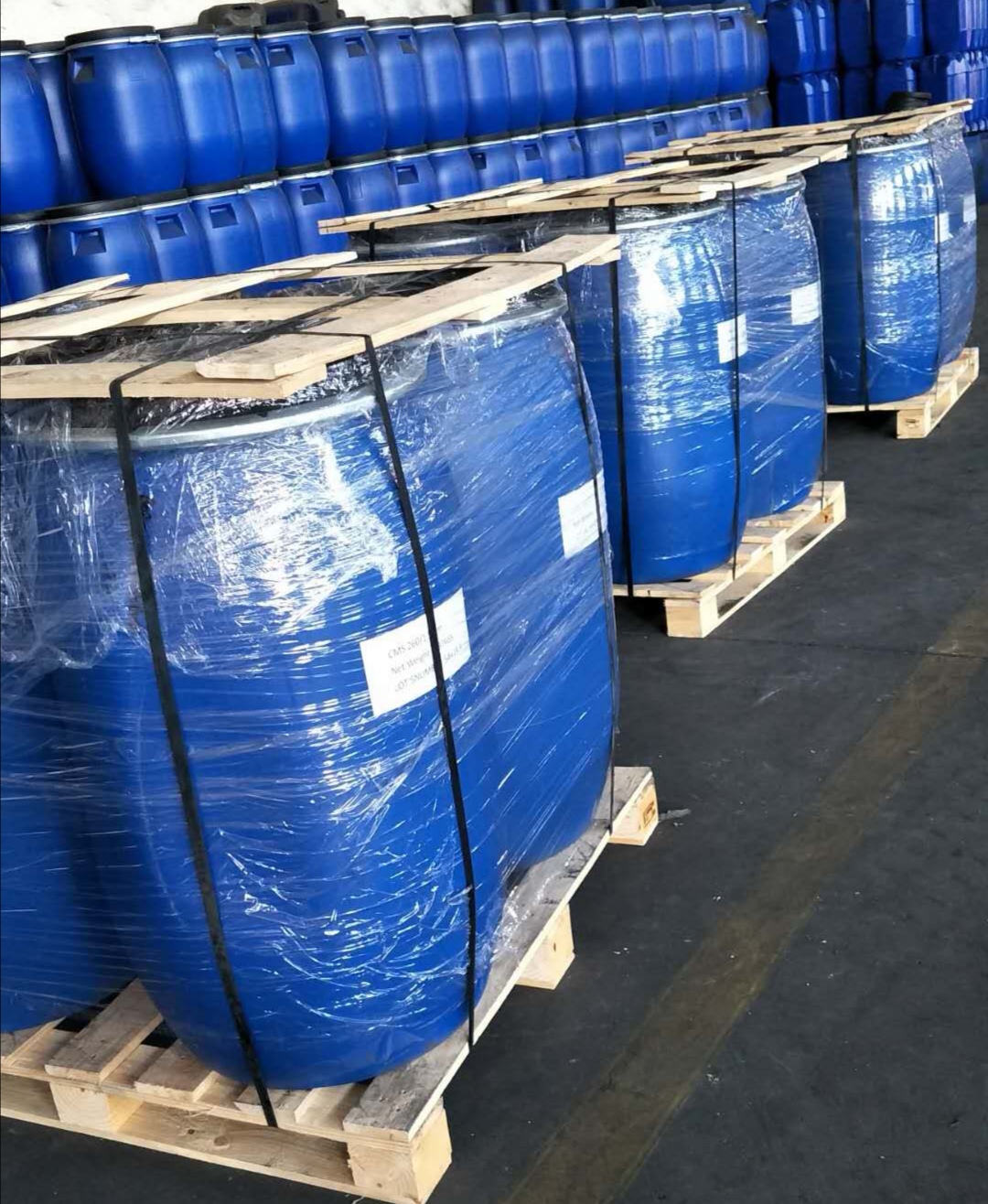Where does the advantage of biogas membrane separation compared to PSA (Pressure Swing Adsorption)?
The purification of biogas (mainly composed of CH₄ and CO₂) (i.e., removing impurities such as CO₂ and H₂S) can be achieved through membrane separation or PSA (pressure swing adsorption) technology. Both have their own advantages. The advantages of membrane separation technology in biogas purification are as follows:
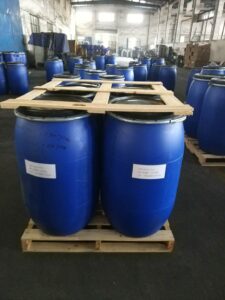
1. Lower energy consumption
Membrane separation: It is driven by the pressure difference between the two sides of the membrane (usually the biogas is pressurized to 8-15 bar), and there is no need for frequent switching between adsorption and desorption, resulting in 20%-30% lower energy consumption compared to PSA.
PSA: Requires periodic pressurization and depressurization (switching of adsorption towers), and the energy consumption of compression and vacuum pumps is high, especially for small-scale biogas projects, which have poor economic performance.
2. Simple process, convenient maintenance
Membrane separation: There are no moving parts, only pre-treatment (desulfurization, dust removal) and membrane components are needed, and the maintenance cost is low (membrane lifespan is 5-8 years).
PSA: Relies on multiple valves, adsorbents (such as activated carbon, molecular sieves), and complex control systems, and the adsorbents need to be replaced regularly (about 2-5 years), and valves are prone to wear.
3. Strong adaptability, suitable for miniaturization
Membrane separation: Modular design, can be flexibly matched with different processing volumes (1-2000 Nm³/h), especially suitable for distributed biogas projects (such as farms, landfill sites).
PSA: The equipment scale is large, usually suitable for >500 Nm³/h centralized treatment, and the cost is low for small-scale applications.
4. Continuous and stable operation
Membrane separation: Gas production is continuous and stable, without fluctuations, suitable for direct connection to gas pipelines or CNG production.
PSA: Periodic switching leads to slight fluctuations in methane concentration (requiring buffer tanks for adjustment).
5. Stronger resistance to impurities
Membrane separation: Has better tolerance to impurities such as H₂S and water vapor (but requires pre-treatment to avoid membrane corrosion).
PSA: Adsorbents are sensitive to H₂S (easily poisoned), and strict pre-treatment is required.
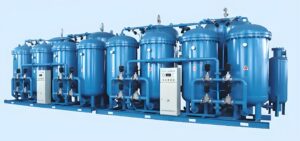
6. Lower initial investment cost
Membrane separation: The equipment is simple, and the initial investment is usually 15%-25% lower than PSA (especially for small-scale projects).
PSA: The cost is pushed up by adsorption towers, valves, and control systems.
PSA’s advantageous scenarios
PSA is still competitive in the following situations:
Ultra-high purity methane: PSA can produce >99% CH₄ (membrane separation usually 95%-98%).
Complex gas components: Such as in biogas containing N₂, O₂, etc., PSA can handle them through multi-stage adsorbent combinations.
Recommendation for selection
Prioritize membrane separation: Small-scale biogas (<1000 Nm³/h), high CO₂ content (20%-50%), requiring low maintenance or mobile applications (such as rural biogas stations).
Choose PSA: Large-scale treatment, need ultra-high purity methane or complex gas components (such as industrial biogas).
Typical case
Membrane separation: Purification of biogas from European farms (CH₄ 95% – 98%, directly injected into the pipeline network).
PSA: Purification of landfill gas (CH₄ > 99%, used for vehicle CNG).

